Animals
-
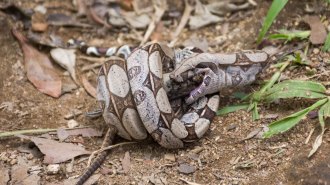 Animals
AnimalsHere’s how boa constrictors squeeze their dinner without suffocating themselves
Carefully controlled breathing allows boa constrictors to pull off their signature move without cutting off their own air supply.
-
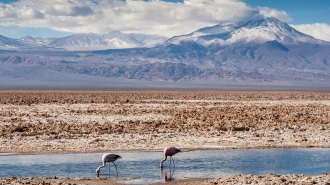 Life
LifeLithium mining may be putting some flamingos in Chile at risk
Climate change and lithium mining are threatening the flooded salt flats that flamingos in Chile depend on, a study suggests.
By Jake Buehler -
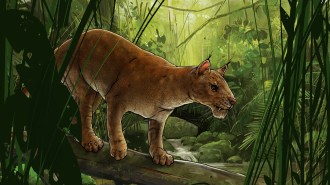 Paleontology
PaleontologyA new saber-toothed mammal was among the first hypercarnivores
A 42-million-year-old jawbone with slicing teeth and a gap to fit saberlike teeth is pegged to a new species of the mysterious Machaeroidine group.
-
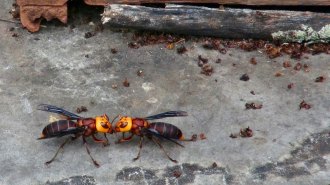 Animals
AnimalsHow to make irresistible traps for Asian giant hornets using sex
Traps baited with compounds found in the sex pheromone of hornet queens attracted thousands of males in China.
-
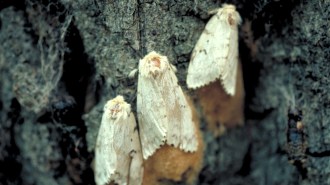 Animals
AnimalsThe spongy moth’s new name replaces an ethnic slur
The Entomological Society of America renamed Lymantria dispar the “spongy moth,” replacing its previous problematic common name, “gypsy moth.”
By Jude Coleman -
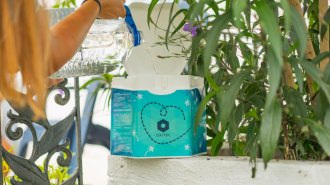 Animals
AnimalsGenetically modified mosquitoes could be tested in California soon
The EPA also OK’d more trials in Key West, Fla. Both states now get their say in whether to release free-flying Aedes aegypti to sabotage their own kind.
By Susan Milius -
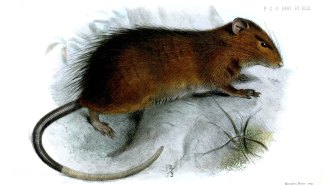 Genetics
GeneticsAn extinct rat shows CRISPR’s limits for resurrecting species
Scientists recovered most of the Christmas Island rat’s genome. But the missing genes signal a problem for using gene editing to de-extinct species.
By Anna Gibbs -
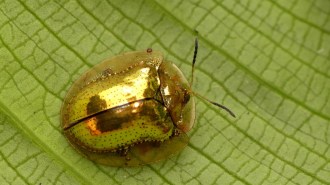 Animals
AnimalsMirror beetles’ shiny bodies may not act as camouflage after all
Hundreds of handmade clay nubbins test the notion that a beetle’s metallic high gloss could confound predators. Birds pecked the lovely idea to death.
By Susan Milius -
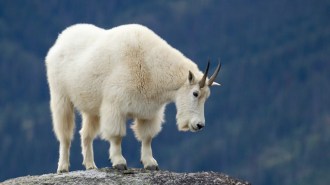 Animals
AnimalsCulturally prized mountain goats may be vanishing from Indigenous land in Canada
As fewer mountain goats are spotted along British Columbia’s central coast, First Nations people team up with biologists to assess the population.
-
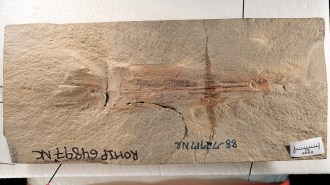 Paleontology
PaleontologyScientists are arguing over the identity of a fossilized 10-armed creature
An ancient cephalopod fossil may be the oldest ancestor of octopuses, but the interpretation hinges on the identification of one feature.
By Anna Gibbs -
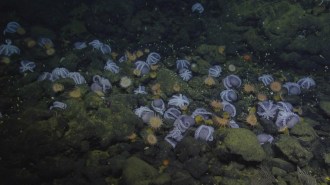 Oceans
OceansSome deep-sea octopuses aren’t the long-haul moms scientists thought they were
Off California’s coast, some octopuses lay eggs in the warmer water of geothermal springs in the “Octopus Garden,” speeding up their development.
-
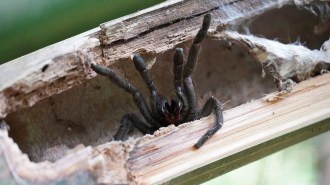 Animals
AnimalsThis newfound tarantula is the first known to make its home in bamboo
Bamboo stems provide the spider with ready-made burrows and nests, but the arachnid must rely on other animals or natural forces to gain entry.
By Becki Robins